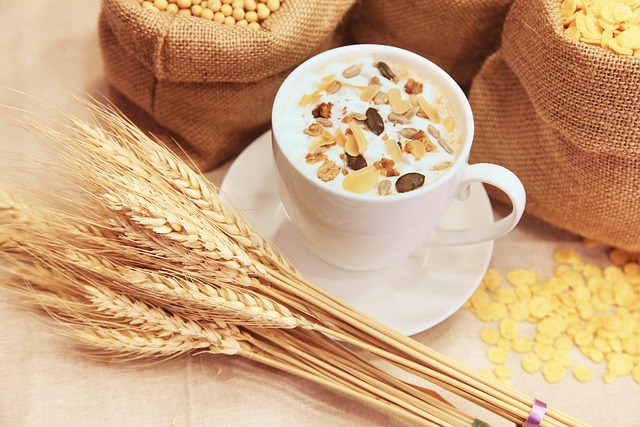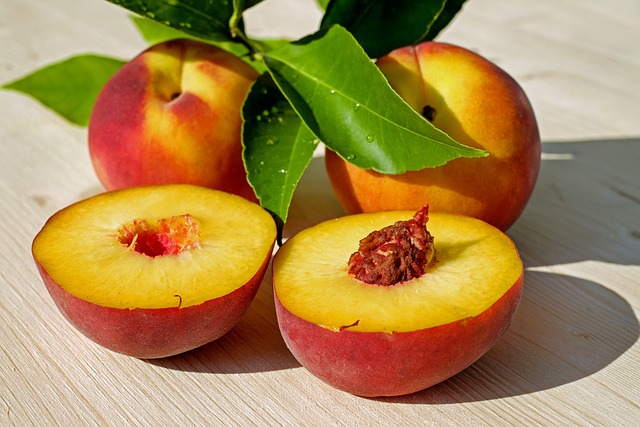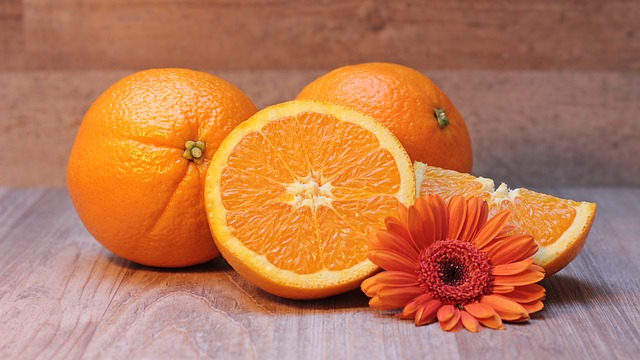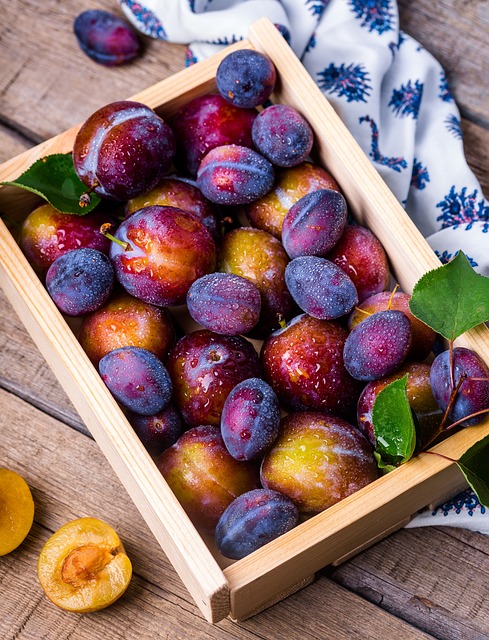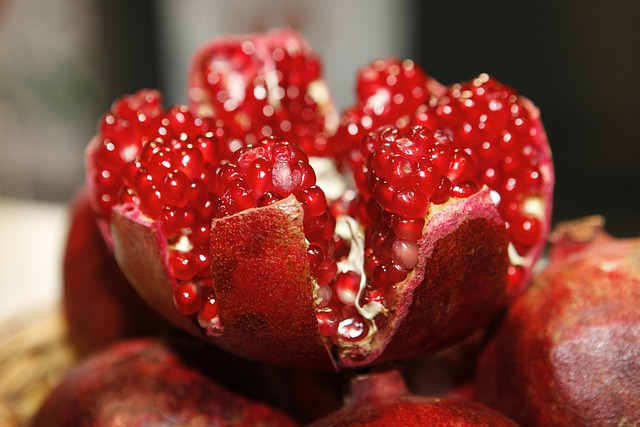Beyond Yogurt: Discovering Unexpected Sources of Probiotic Goodness
Probiotics have gained significant popularity in recent years, thanks to their numerous health benefits. These live bacteria and yeasts are known to promote a healthy gut, boost the immune system, and even improve mental health.
While yogurt has long been touted as the go-to source for probiotics, there are many other foods that are rich in these beneficial microorganisms. Let’s explore some unexpected sources of probiotic goodness that can diversify your diet and provide all the amazing benefits probiotics have to offer.
Kombucha

Kombucha, a fermented tea beverage, has been gaining popularity in the health community due to its probiotic content. It is made by fermenting black or green tea with a SCOBY (symbiotic culture of bacteria and yeast) for about a week.
The result is a tangy, fizzy beverage that is not only delicious but also packed with probiotics. Kombucha is known to aid digestion, improve liver function, and strengthen the immune system. With its wide range of flavors, kombucha offers a refreshing alternative to traditional probiotic sources.
Sauerkraut

Sauerkraut, a fermented cabbage dish, is a staple in many cuisines. While it is commonly used as a topping for hot dogs and sandwiches, sauerkraut is also an excellent source of probiotics.
During the fermentation process, cabbage is combined with salt and left to sit until the natural bacteria on the cabbage initiates the fermentation. This process produces beneficial probiotic strains like lactobacillus, which contribute to a healthy gut.
Kimchi

Kimchi, a spicy Korean side dish made from fermented vegetables, is another unexpected source of probiotics. Typically made with cabbage, radishes, garlic, and chili peppers, kimchi is not only flavorful but also packed with beneficial bacteria.
Similar to sauerkraut, kimchi relies on lactobacillus bacteria for fermentation. It is a great addition to meals and can be enjoyed on its own or added to stir-fries, soups, and even tacos for an extra kick of flavor and probiotic goodness.
Miso

Miso, a traditional Japanese seasoning made from fermented soybeans, is widely used in soups, dressings, and marinades. This ancient ingredient offers more than just a rich umami flavor; it also provides a host of probiotics.
The fermentation process used to make miso involves a fungus called koji, which helps break down complex nutrients into more digestible forms and promotes the growth of beneficial bacteria. Incorporating miso into your diet can improve digestion and support a healthy gut microbiome.
Tempeh

Tempeh, a popular soy product, originates from Indonesia and is made by fermenting soybeans. This process binds the soybeans together into a firm cake-like form with a nutty flavor and a meaty texture.
Like other fermented soy foods, tempeh contains a variety of probiotics that enhance gut health. It is also a good source of plant-based protein, making it a versatile ingredient for vegetarian and vegan diets.
Conclusion
While yogurt may be the first food that comes to mind when thinking about probiotics, it’s important to remember that there is a whole world of probiotic-rich foods beyond those cultured dairy products. Incorporating kombucha, sauerkraut, kimchi, miso, and tempeh into your diet can provide you with a diverse range of probiotic strains and the associated health benefits.
So, why limit yourself to just one source?

